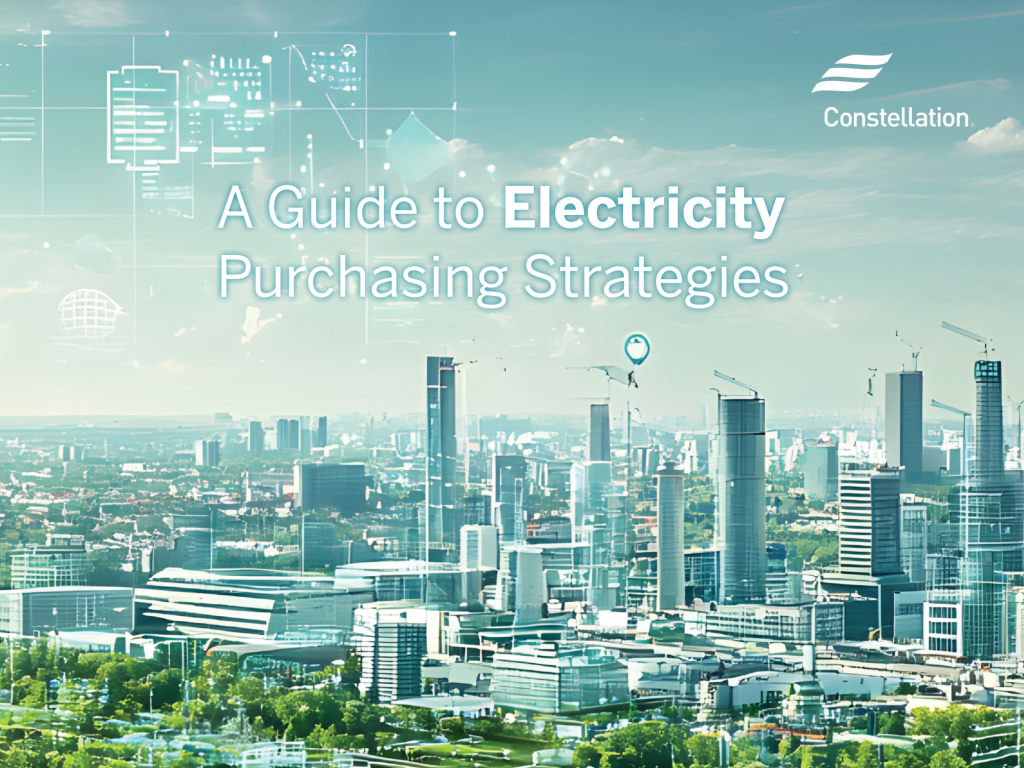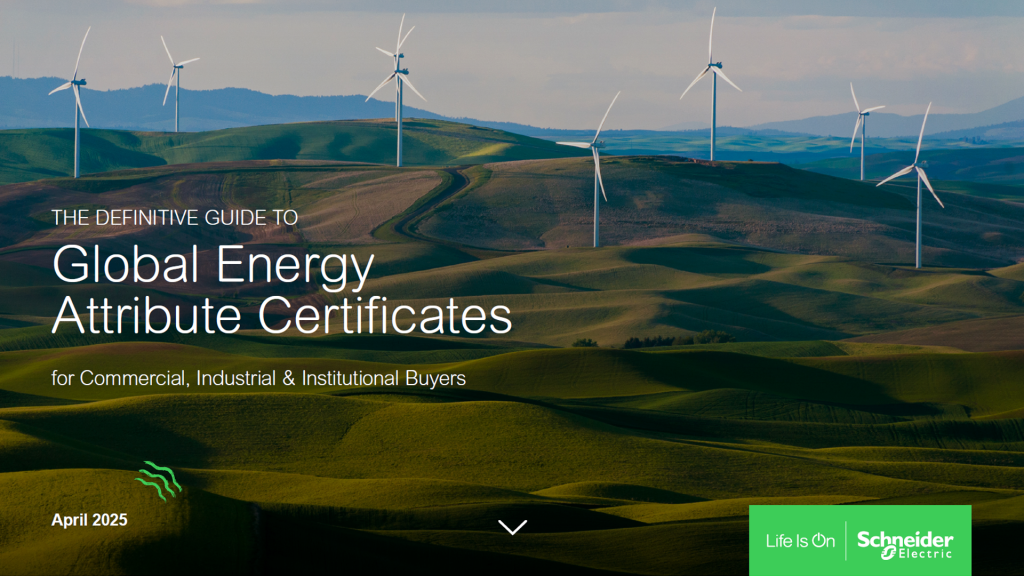United Technologies Corporation Eco-Efficiency Measures
United Technologies Corporation (UTC) is driving continuous improvement in its environment, health and safety performance through targeted programs including “Kaizen” events, community redevelopment, zero discharge wastewater treatment, and down-to-earth targets for spaceborne water systems.
Kaizen events yield environment, health and safety improvements and cost savings.
In order to drive continuous improvement in its environment, health and safety (EH&S) performance, UTC’s Kaizen events are conducted to focus attention on specific processes. The EH&S Kaizen is a structured, focused evaluation of a manufacturing or service process, integrating Kaizen and flexible manufacturing problem solving techniques with EH&S risk assessment to identify and eliminate or reduce environmental, health and safety hazards. The Kaizen team consists of all interested parties of the process from management to operators. The teams are asked to consider the principles of Kaizen based on the following definitions, where:
- Kai = Take apart or make better
- Zen = Think. Make good the actions of others. Do good deeds. Help each other.
Therefore, Kaizen = Make other people’s jobs easier by taking them apart, studying them, and making improvements.
The Kaizen process begins with a general problem definition. Then, an objective is defined. The next critical part of the process is the proper identification of all the contributing sources to the problem. Then a risk assessment is conducted to identify and prioritize improvement opportunities. Alternative solutions are then investigated, and finally implemented within the five-day event. Results, including financial implications are then presented to the senior management team. In many cases, significant improvements have been made without any additional costs or capital investments.
As an example, one site eliminated almost 40,000 gallons per year of wastewater and had over US$ 50,000 per year savings with a fundamental change in the way they manage test cells, the underground storage tank and waste streams. The underground tank would no longer be used for waste – but for emergency purposes only. No water will now be sent to the tank. Any other waste fluids generated (cal fluid, fuels and oils) will be collected separately to facilitate re-use, recycling and reclamation. Additional waste elimination is anticipated for a total of up to 75,000 gallons per year and US$ 150,000 savings per year.
Falk Foundry Sand Project
Since mid-November, 2003 Falk has been stockpiling and processing spent foundry sand on-site in anticipation of its use in nearby construction projects. On Thursday, 28 October 2004, the first truckload of foundry sand was shipped to the south side of the Menomonee River Valley, the historical industrial center of Milwaukee, as part of a major redevelopment project by the City of Milwaukee. A total of approximately 52 million lbs (23.6 million kilograms) of Falk sand will be used for this project.
The City agreed to take all sand stockpiled at the foundry. Large, earthen mounds (arrow) are being featured in the development of green space, which will include hiking trails and a park, along the Menomonee River. The mounds mimic hills created by glacial drift that once characterized the area and will provide an opportunity to build connecting bridges to the bluffs on the south side of the valley. The transfer of stockpiled sand – all 52 million lbs – was completed on 12 November 2004 and represents roughly 78% of the total non-recycled waste produced by all of Hamilton Sundstrand in 2003.
Extensive testing was done on sand as part of the fill plan and test results indicate that the sand meets Wisconsin Department of Natural Resources









